It is currently the zenith of the spooky season and for those who prefer not to wander the streets dressed as bloodthirsty vampires, ghoulish zombies, or roller skating Ken and Barbie, Halloween only means one thing… spooky movies. While you can, of course, watch any film on Halloween, there are always certain movies on the receiving end of countless re-watches every October. These have subsequently been defined in their own isolated genre of cinema, which is compiled on top of their original genre, and are labelled as ‘Halloween Movies,’ unsurprisingly.
It is hard to objectively categorise exactly what defines a Halloween movie, as they come in all tones, genres, runtimes, and age ratings. Some have tried, with an article from The Student stating that Halloween movies:
Highlight the nostalgia of Halloween, a holiday in which we are once again allowed to be our childlike selves.
The Student
The quote, and the article do make some good points about family friendly, Halloween movies, however, they intentionally ignore one of the most iconic aspects of Halloween, horror. A film doesn’t have to be scary in any way to be considered a Halloween film, although, to ignore the genre altogether when attempting to define the category feels wrong and reductionist. A true definition of Halloween movies must incorporate every genre and style that can be found within the category, from the most family-friendly flicks, to obscure hard R-rated body-horrors.

Although modern social trends play a large factor in the drastic rise in popularity of horror films during October, with the month now culturally synonymous with scary movies, not just any horror film qualifies as a Halloween movie. Typical top 50 Halloween movie lists, and the hundreds of copycat listicles, tend to feature the same types of horror films. The link? Paranormal horror. Even if the paranormal elements are only minor, every horror film featured on such lists involve an element of the paranormal. This inclusion of spirits, ghosts, ghouls, or poltergeists, is an almost subconscious link to Halloween’s original meaning. Proof of the paranormal being a key factor in a film’s classification as a Halloween movie can be found when looking outside the horror genre. The Disney Pixar film Coco, despite being, potentially the least scary film about the dead returning ever made, is a frequent fan favourite to watch around Halloween. The inclusion of the paranormal in a horror film allows it to classify as a Halloween film, even when it doesn’t check any of the other usual criteria. Ari Aster’s Midsommar, despite being an incredibly bright and colourful horror film with barely and jump scares, is an incredibly popular film to watch at Halloween because of the implied existence of paranormal elements from the cult.
Another classic identifier of a Halloween movie is a projection of the sense of ‘other’ in the film. This typically comes in the form of a Gothic aesthetic, thanks in part to great Gothic works of fiction, like the stories of Mary Shelly and Edgar Allen Poe. Whether it is the haunting shadows and costumes found in F. W. Murnau’s Nosferatu, the rebel-biker aesthetic of The Lost Boys, or the folkloric shroud of The Witch, the mise-en-scene of these three films, despite donning different tones, target demographics, and being nearly a century apart, embody the cinematic sense of ‘other.’ The link between the idea of ‘otherness’ and Halloween likely harkens back to the festival/holiday’s long association with the Gothic movement.
Gothic design has long been a staple of cinema attempting to present a person, or group of people as other, and can be linked as far back as Mary Shelley’s Frankenstein, and Bram Stoker’s Dracula in which both figures resude in dark, and gloomy castles – an appearance which has been directly translated into almost every cinematic iteration of the character. One of the best modern examples of gothic imagery in a Halloween movie is 1991’s The Addams Family, in which the titular family live in an overwhelmingly large, and darkly decorated mansion, with clothes and makeup to match the dreary aesthetic.

While, on the surface, this gothic aesthetic has dark connotations that link to death, decay and despair, many classic Halloween films double down on the style to comedic effect. The idea being that the settings, clothes, and styles are so absurdly dark that they revolve back around from horror to hilarity, especially when visually juxtaposed with more ‘normal’ styles – Wednesday Addams at the summer camp in Addams Family Values.
Returning to The Student’s quote, many of the films considered Halloween classics like Hocus Pocus, The Nightmare Before Christmas, Coraline, and The Witches, do embody this idea of encapsulating and returning audiences to a childlike state. The Student’s article later states that:
The success of non-horror Halloween films reflects our innate human desire to seek comfort in the unknown, to befriend the monsters under our beds.
The Student
The films listed above, as well as the dozens of other non-horror Halloween movies, exemplify this idea. The affect is achieved by blending the, already established, gothic aesthetic with the tenets and themes of the adventure genre. The resulting movie is a visually dark/gothic, adventure in which the protagonist learns a moral lesson whilst on an adventure against a paranormal force. Sound like any Halloween film you might have seen? Coraline? The Witches? Of course, sometimes the positioning and chronology of these elements are shuffled around, resulting in films like The Addams Family, where the protagonists are the supernatural element, with antagonists usually embodying, or quite literally being mundanity.
Overall, the categorization of a Halloween movie doesn’t lie in a film checking every single box in a list of visual and thematic requirements. Instead, a film must check a certain number of criteria, with no specificity to which criteria it checks, to qualify. However, there is seemingly one overarching quality of every popular Halloween movie, from the family friendly adventures, to the horrific and gruesome slasher flicks… the paranormal, which connects a film to the primordial meaning of Halloween.

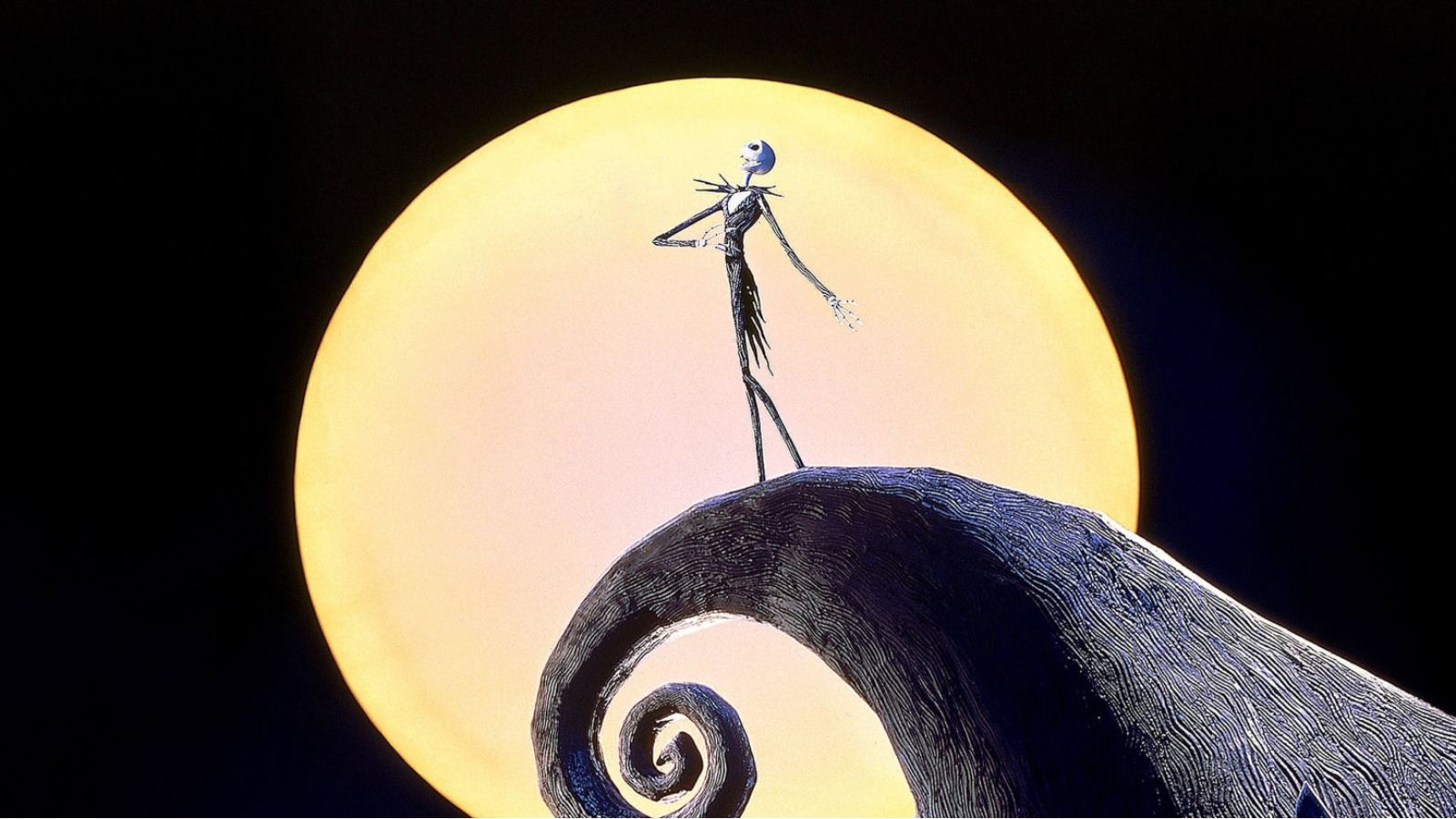
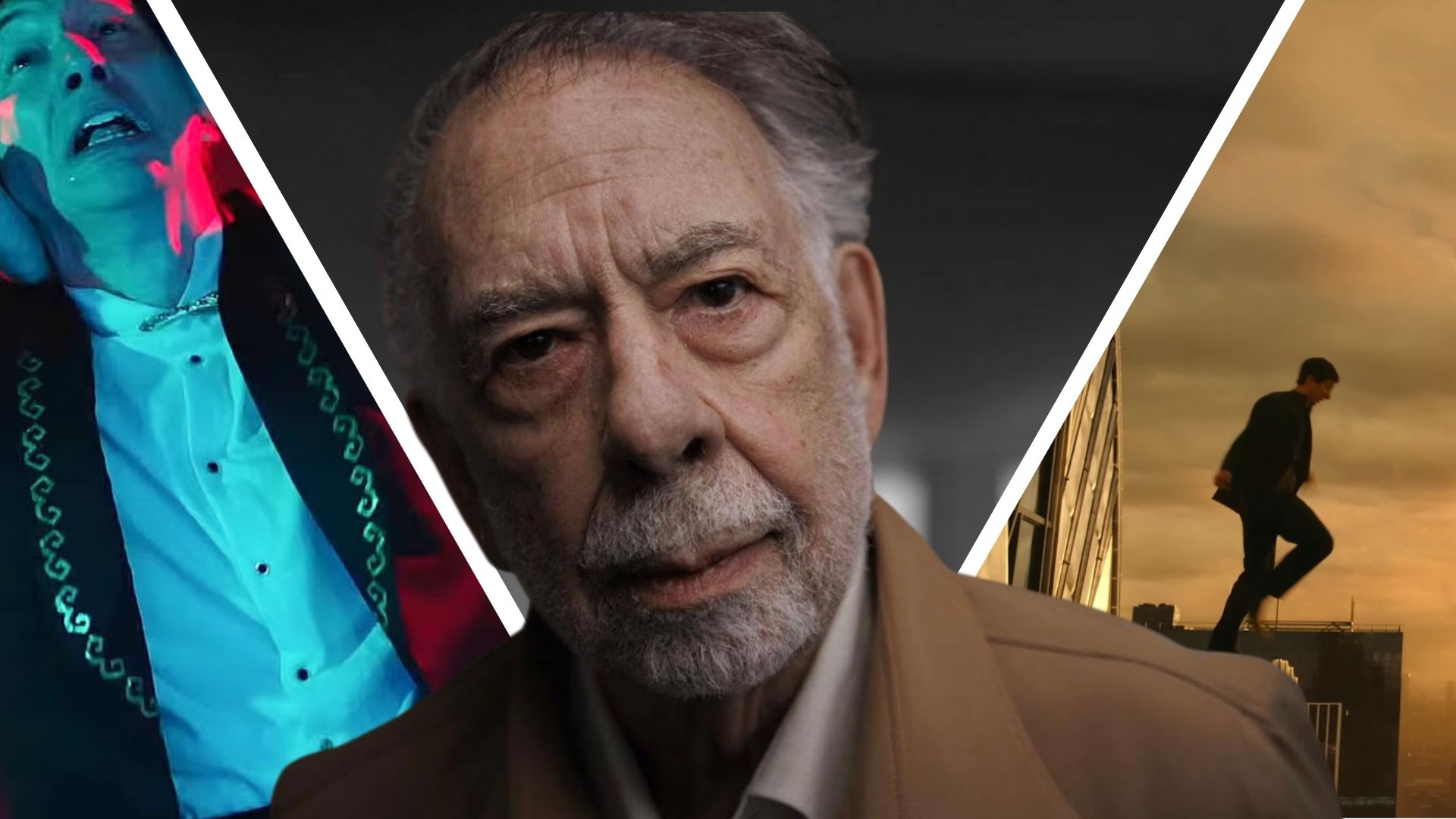










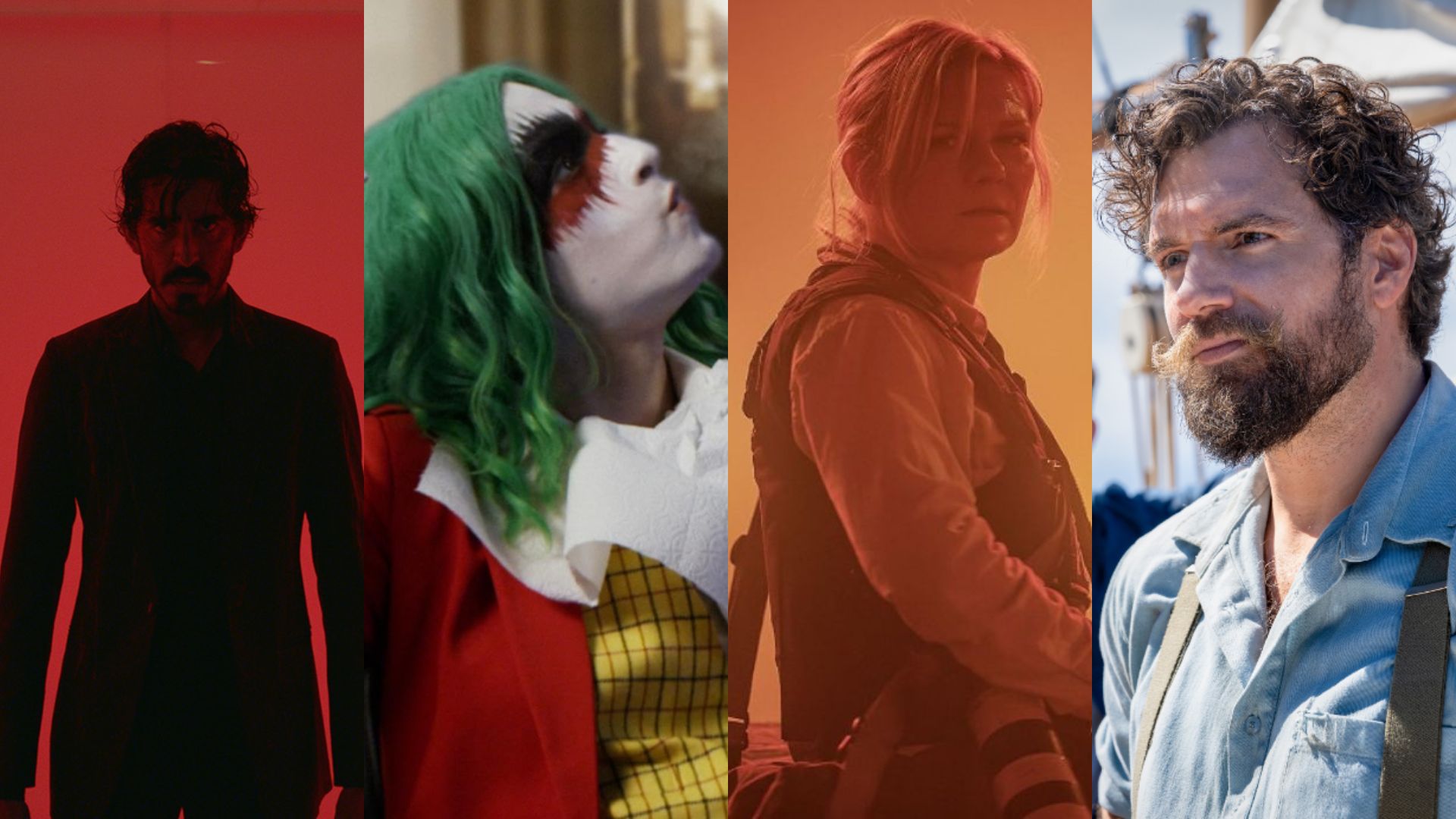

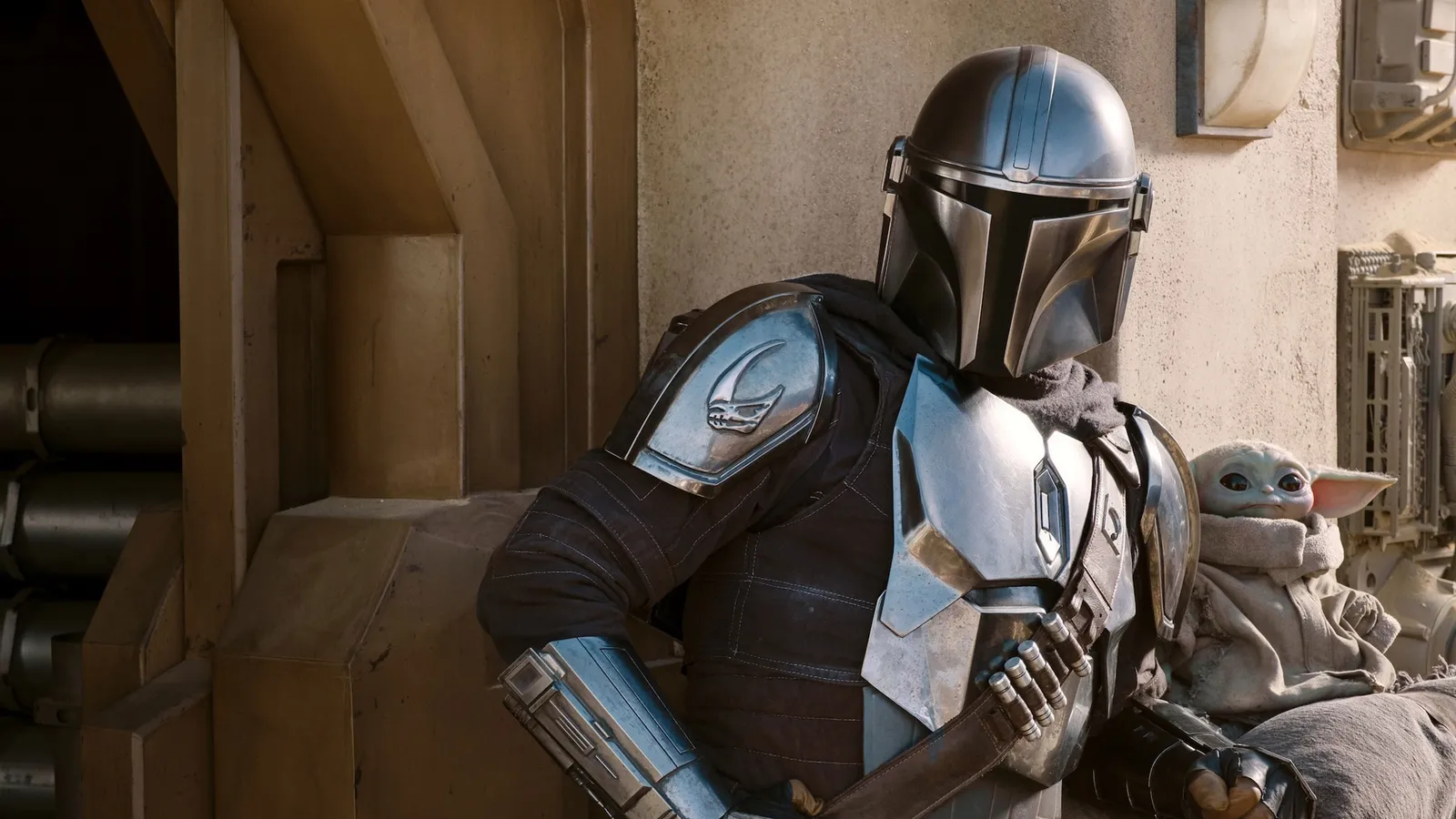
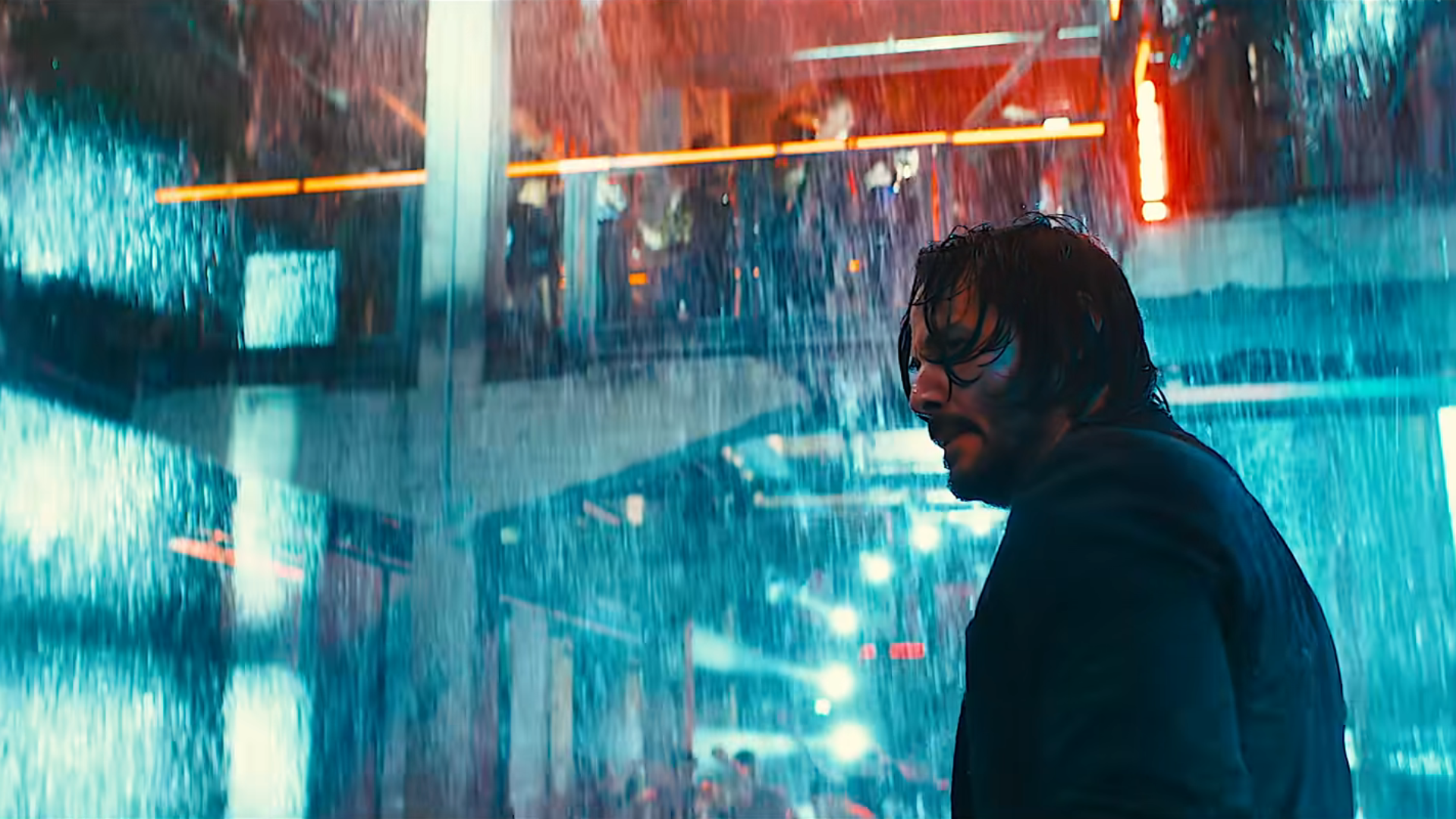
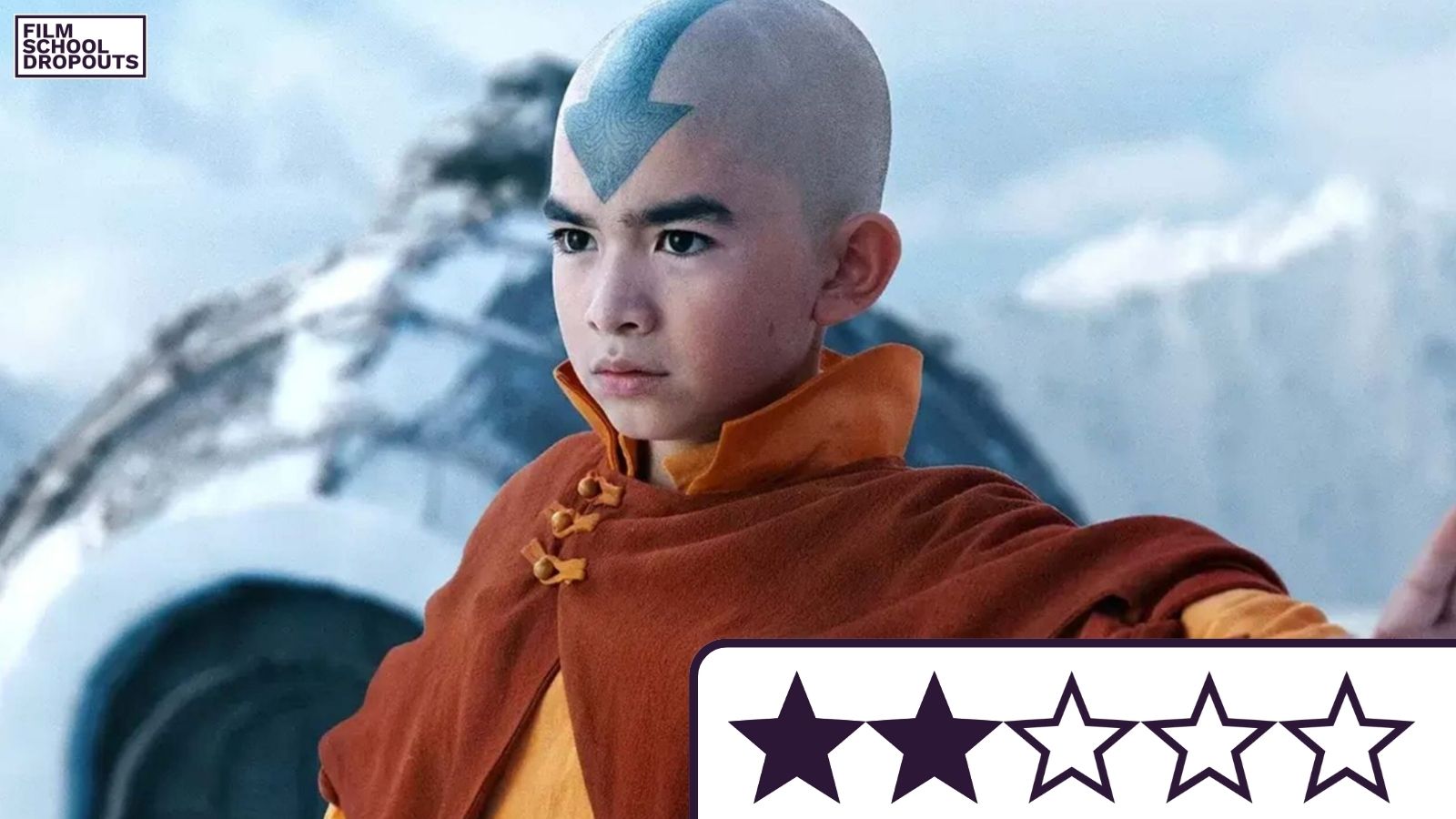

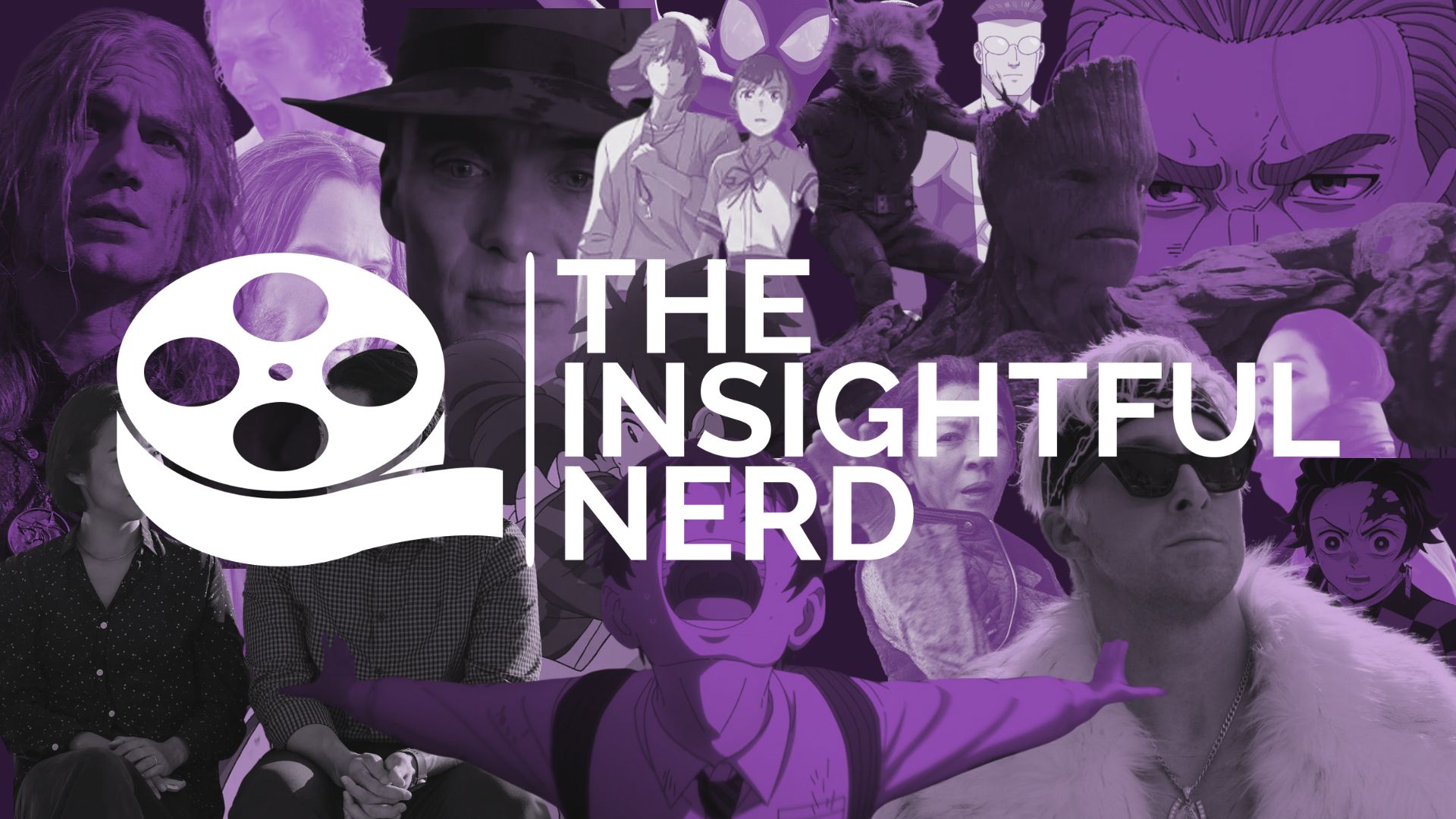
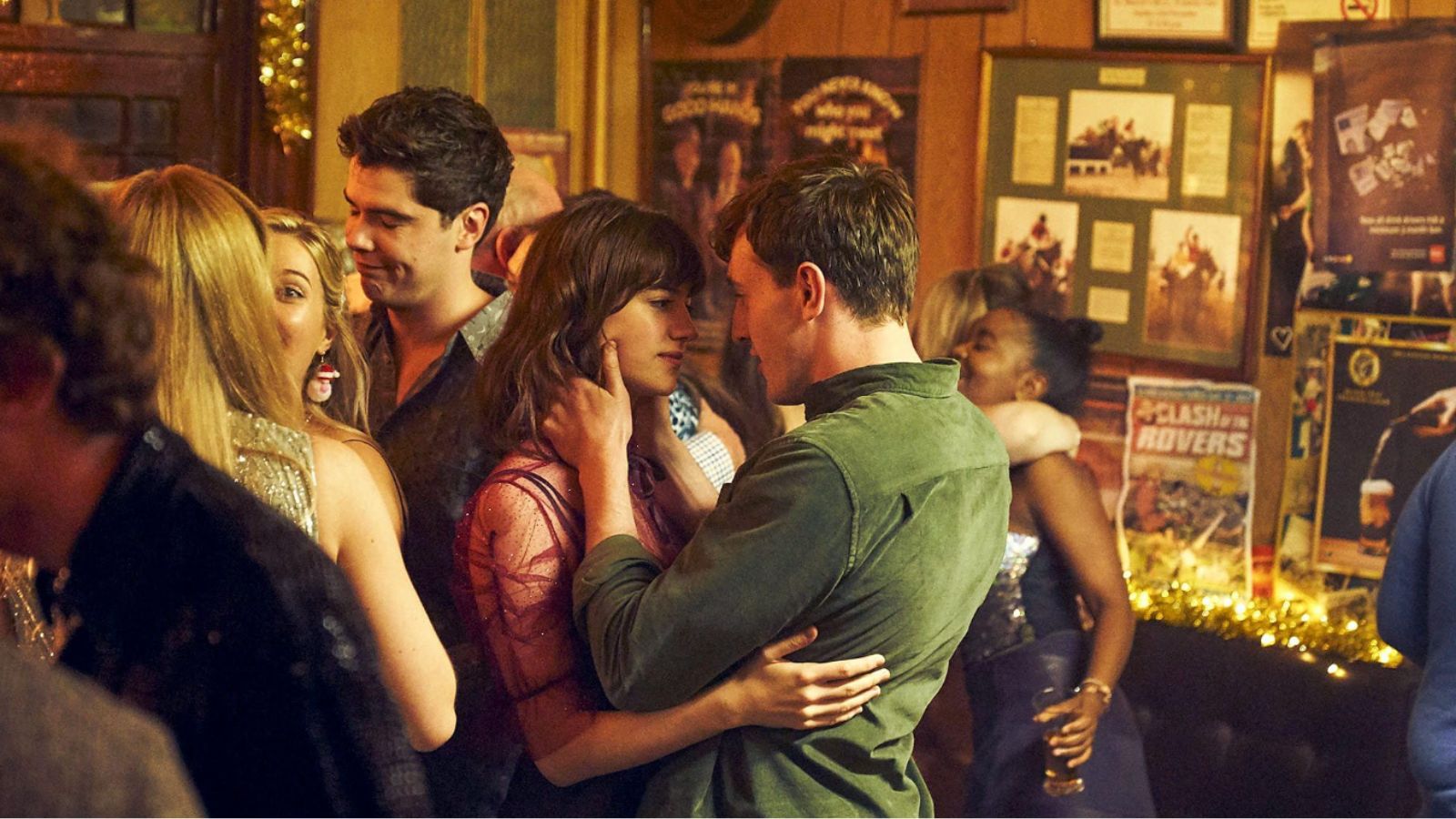



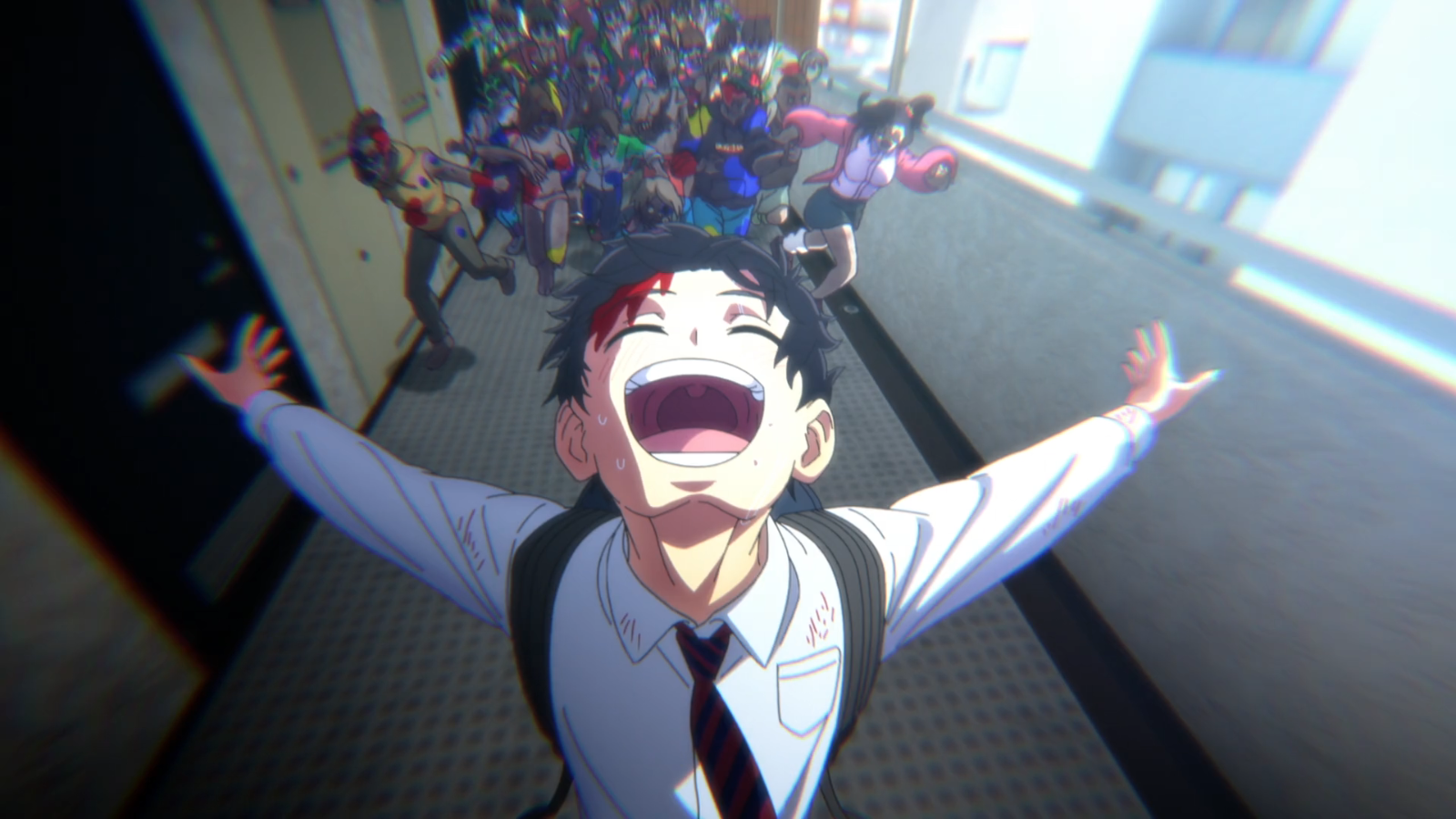
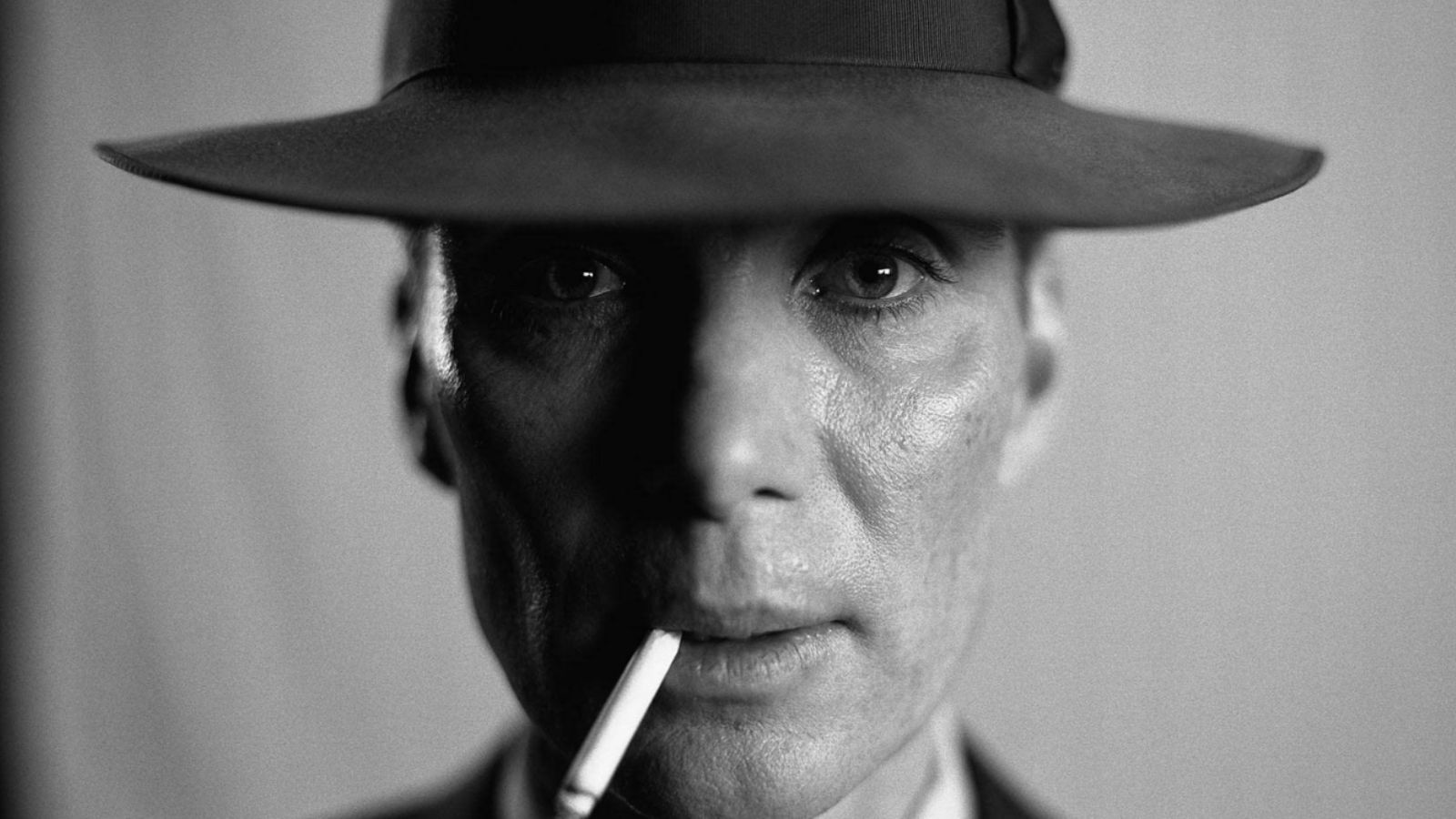
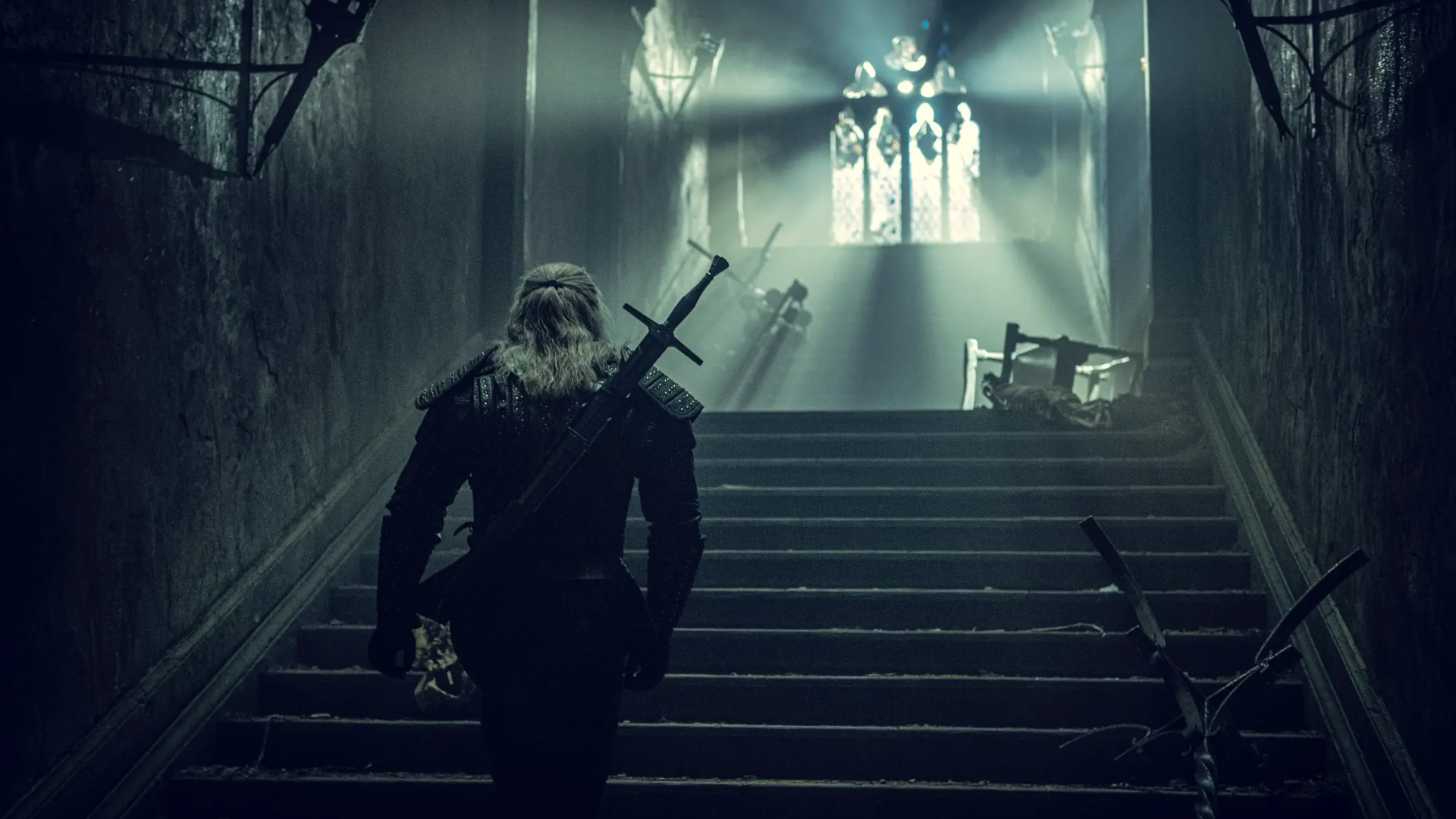


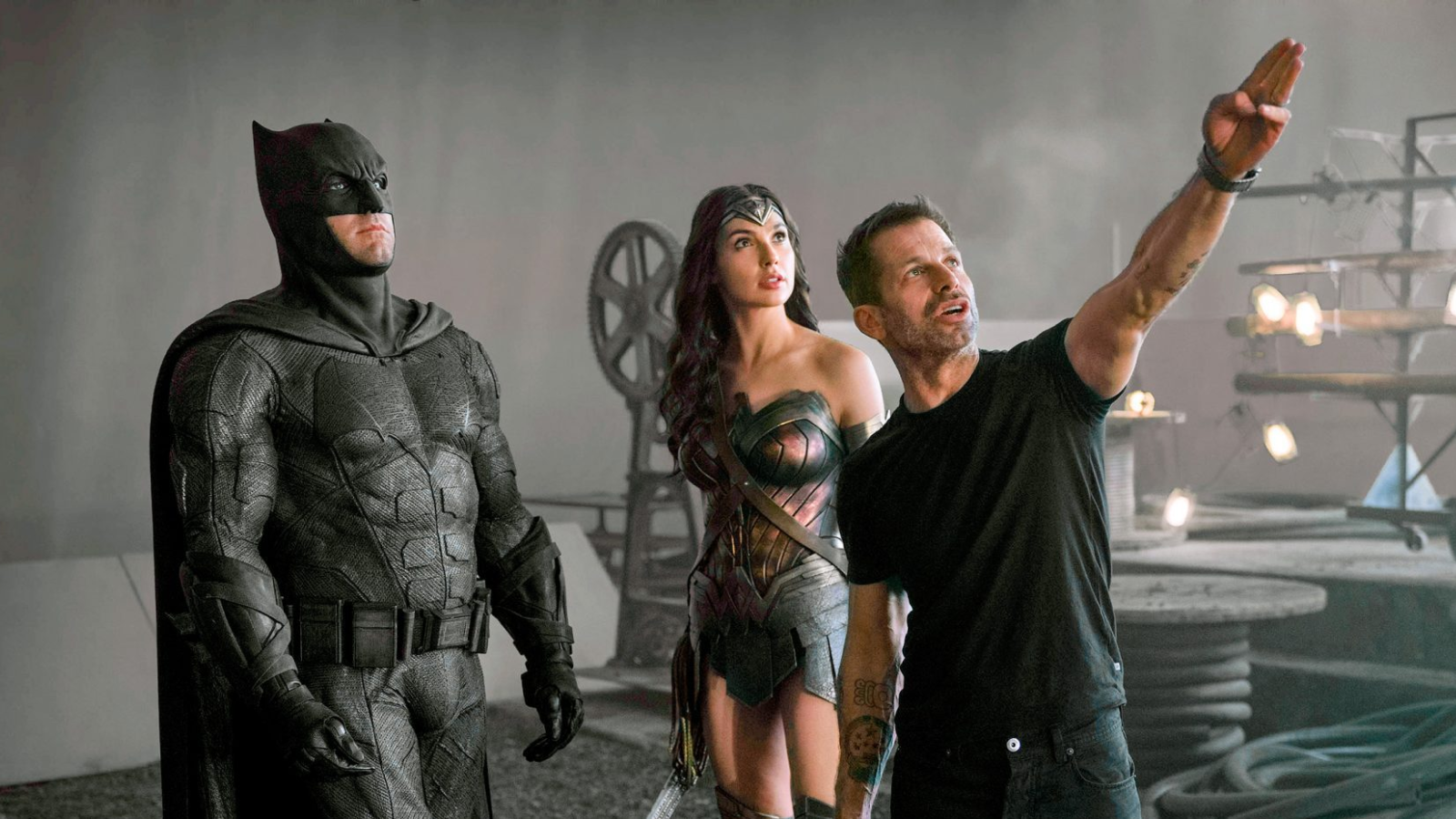


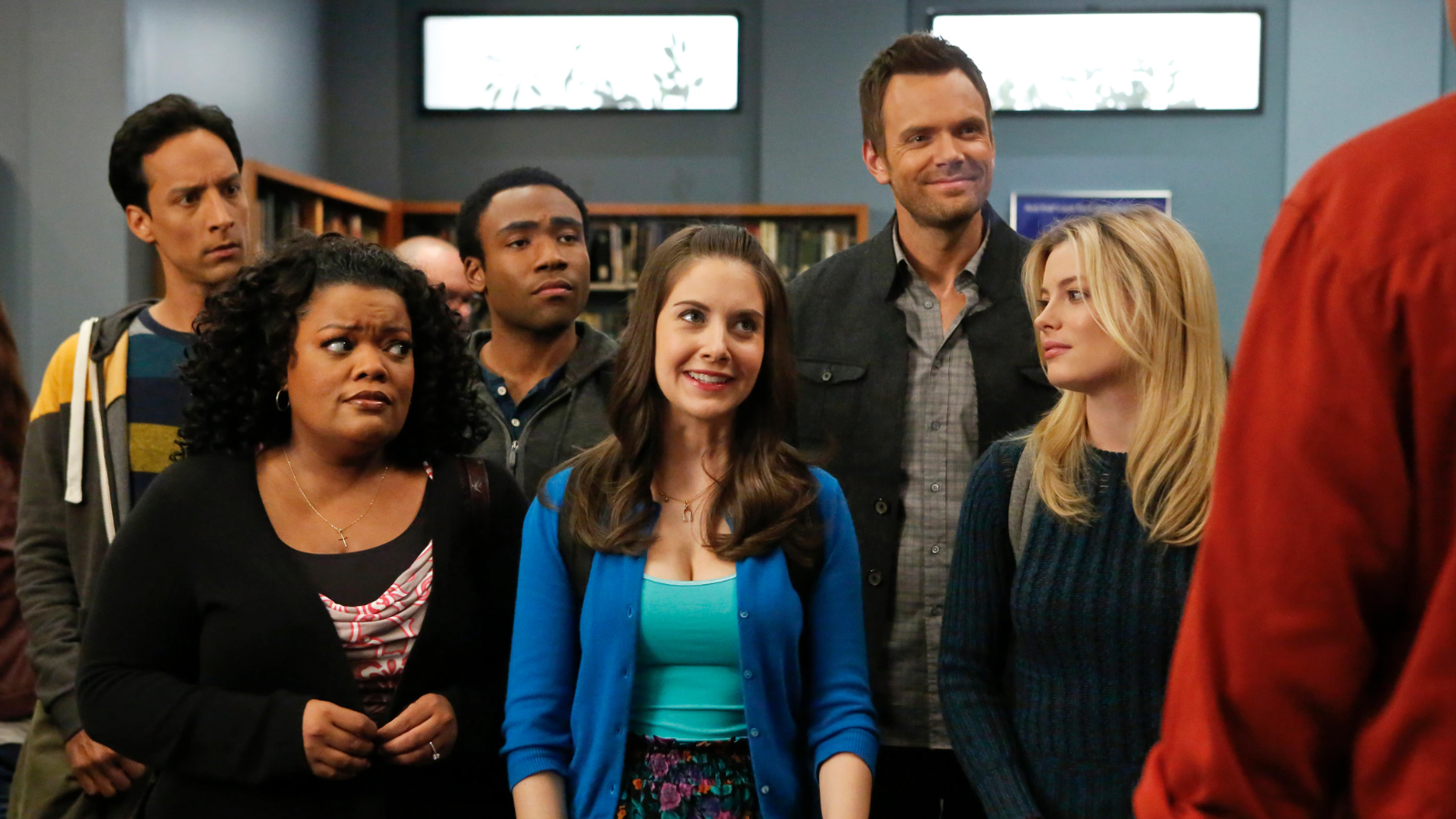
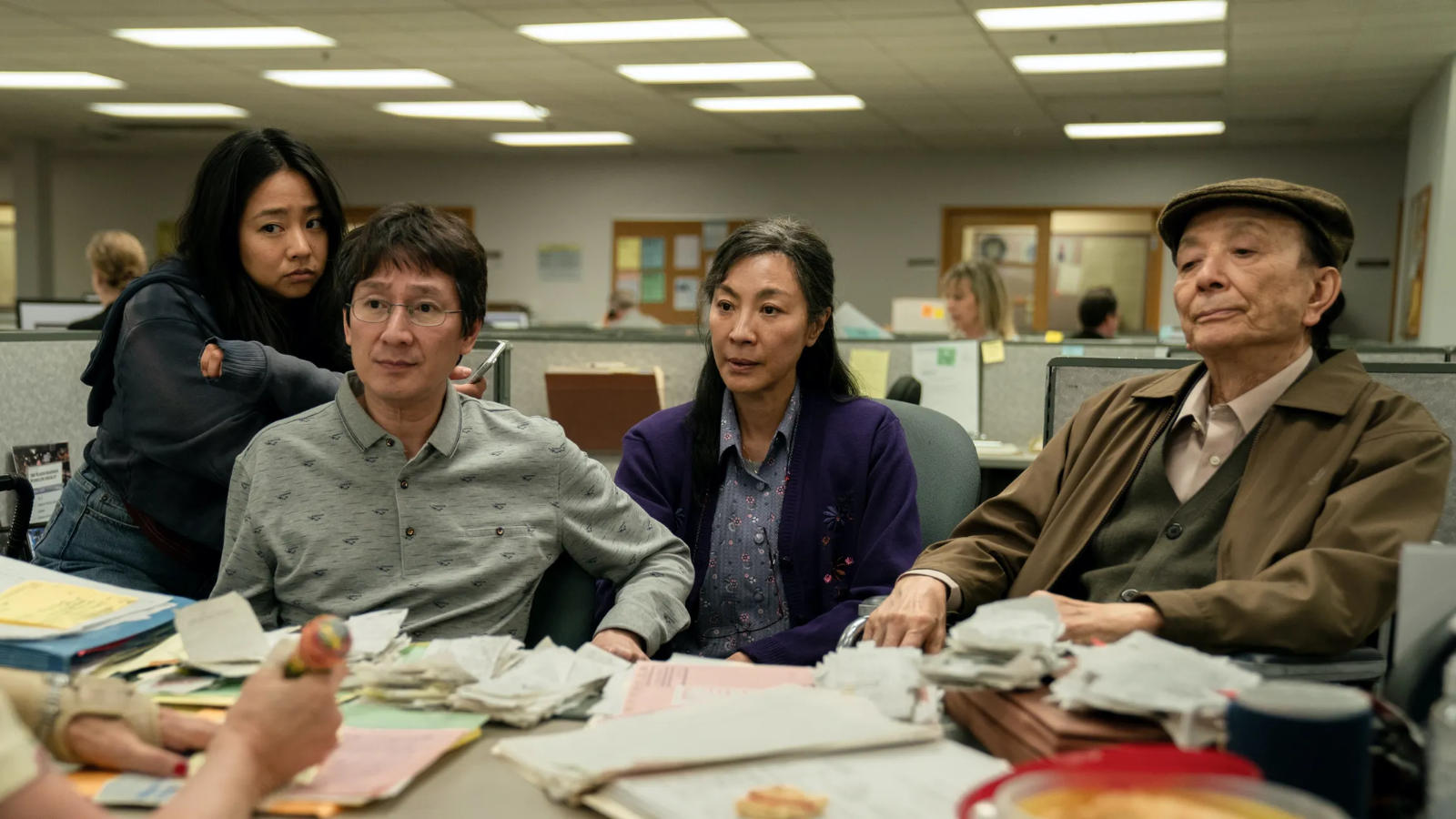


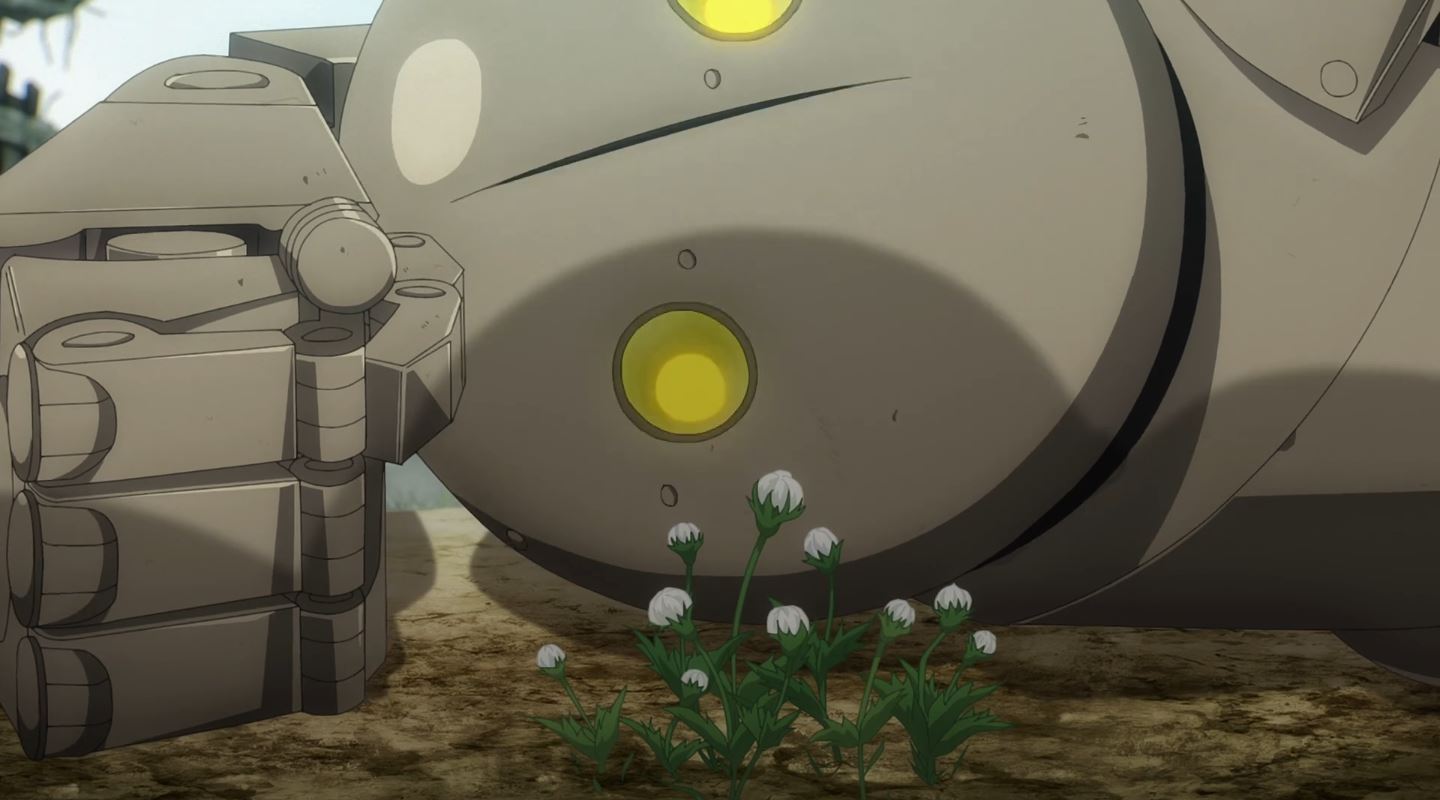
Leave a comment